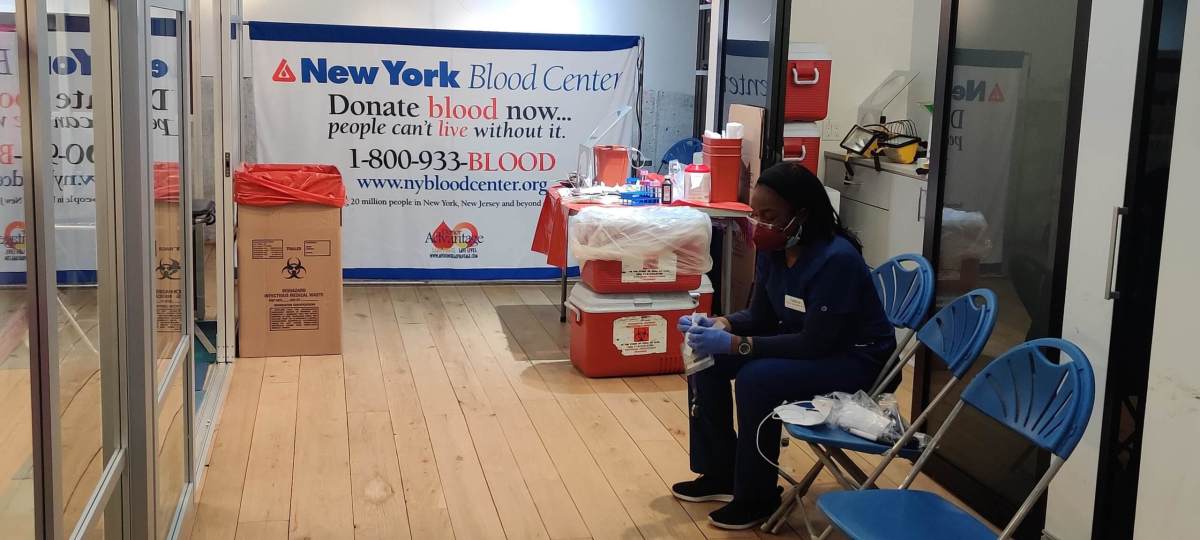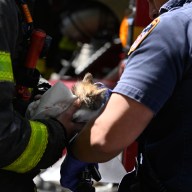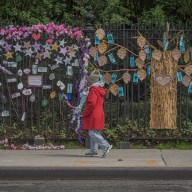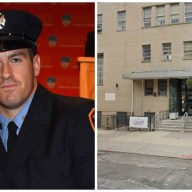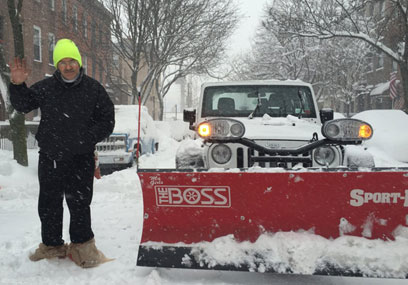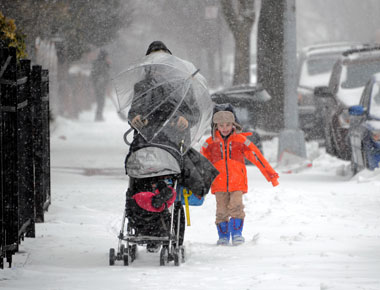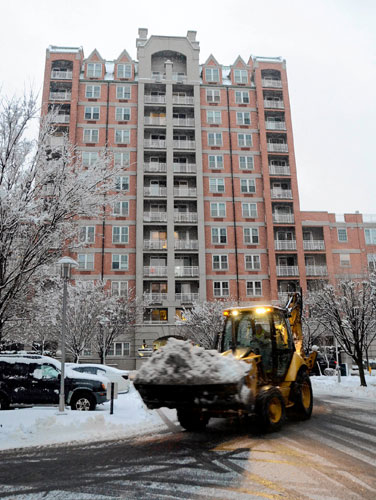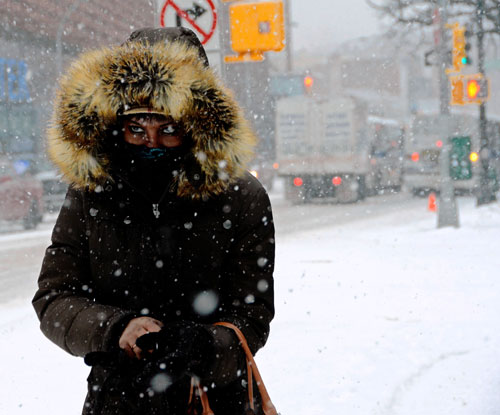Bad weather scares donors away.
Three weeks after the Red Cross announced the first-ever national blood crisis in the US, the incoming winter storm hovering over New York is expected to shrink the already precarious state supply, according to Andrea Cefarelli, senior executive director at New York Blood Center.
Donor centers in the tri-state area typically collect about 348,000 donations per year, providing a five-to-seven-day blood supply. Among those, approximately 75,000 typically came from school drives alone.
Yet, two years after the COVID-19 pandemic first hit, shutting down educational campuses, and keeping many people inside their homes, the region is down to a two-to-three-day stock.
People across the country have avoided going to hospitals, and once-reliable donors have opted to skip blood drives, making the situation even tighter.
“We are not sitting comfortably with a two-to-three-day supply,” said Cefarelli. “There’s no cushion there in case another emergency comes up.”
As the daily number of new COVID cases narrows, people are now scheduling needed medical procedures that had been postponed for months — and hospitals are using much more blood than they did even pre-pandemic, according to Cefarelli.
Winter Storm Kenan, which dumped close to a foot of snow in most parts of the borough, did some harm, she said. Blood centers across the city typically collect about 1,000 blood donations on Saturdays. On Jan. 29, an estimated 77 donations came in across the Five Boroughs.
On Wednesday, frigid weather led to closing schools and highways, flight cancellations across many states — and even threatened to take down power lines and cause outages in Texas.
Now, the storm that left Chicago, St. Louis, and Kansas City under a foot of snow might cause dangerous accumulations of ice in New York. People who have to stay outside are at risk of suffering injuries and needing procedures that could be delayed for an absence of blood reserves.
The National Weather Service is warning drivers of dangerous conditions on the roads and recommends extra caution over the weekend.
Here is our latest briefing on the wintry mix expected late tonight through early Friday evening. Dangerous travel conditions are of primary concern where ice accretes during both the morning and evening commute on Friday. #NYCwx #NYwx #CTwx #NJwx pic.twitter.com/iCg6uLlcgV
— NWS New York NY (@NWSNewYorkNY) February 3, 2022
Gov. Kathy Hochul has already relocated some plow drivers on Long Island to parts of the state that could receive a foot or more of snow.
For the last 14 days, after the news on the national blood crisis spread, more blood donors showed up.
“It seemed like a no-brainer to me,” said Gabriel Berlind, 35, at a Feb. 2 blood drive in Boerum Hill, hosted by the NYBC. Berlind said he became a regular donor after hearing about the blood shortage back in 2020.
“To donate means such a dramatic conversion, as in, no harm to me, but a huge benefit to a few other people,” he told Brooklyn Paper.
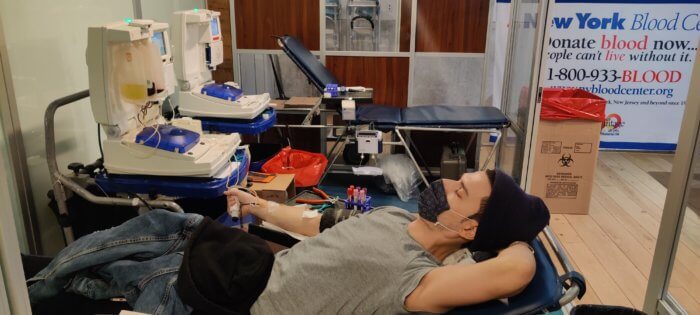
Blood shortages were common in December and January even before the pandemic because of school vacations and people celebrating the holidays, but this year’s dip is expected to last longer, according to NYBC staff members.
Omicron has caused a shortage of staff. Available nurses frequently have to move from one center to another to cover shifts.
“We are tired, but we know what the mission is and so, we try to make it work and save a life,” said Tamara Scarlett-Whyte, team leader at the Brooklyn pop-up blood center. “When it was busy, we had a long line outside of donors wanting to donate plasma, red cells or whatever we were in need of.”
In Brooklyn, she said, it can get as bad as to only getting six donations per day.
“At one point it was getting better when the first COVID variant was dying down,” Scarlett-Whyte said, “but when Omicron hit, it went down again, so any time we get our hopes up, something happens.”
To find Blood Center locations, blood drive dates and to schedule an appointment, visit donate.nybc.org. Walk-ins are welcome.


